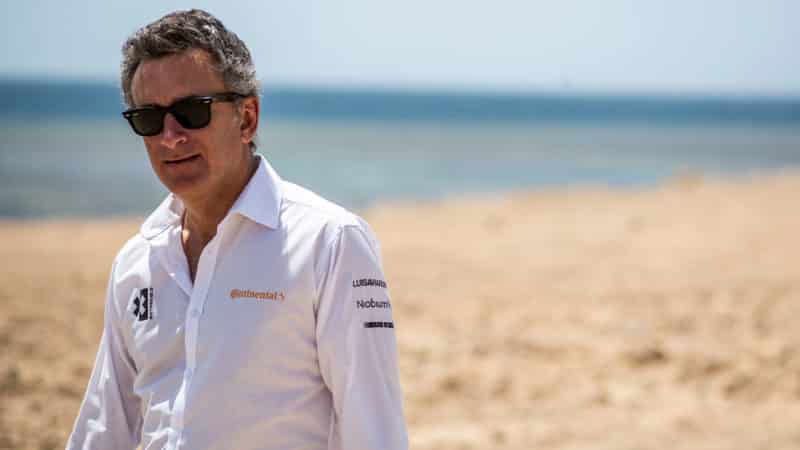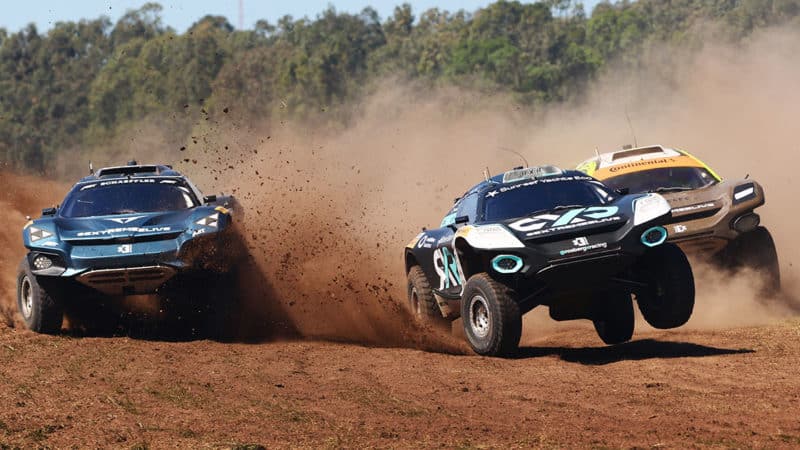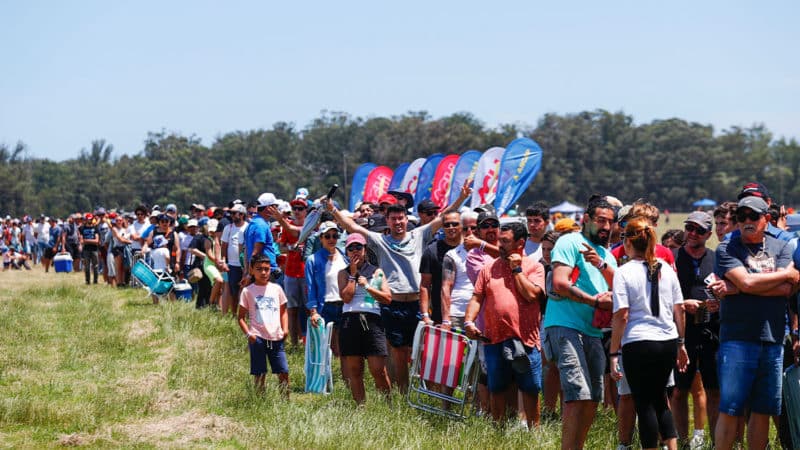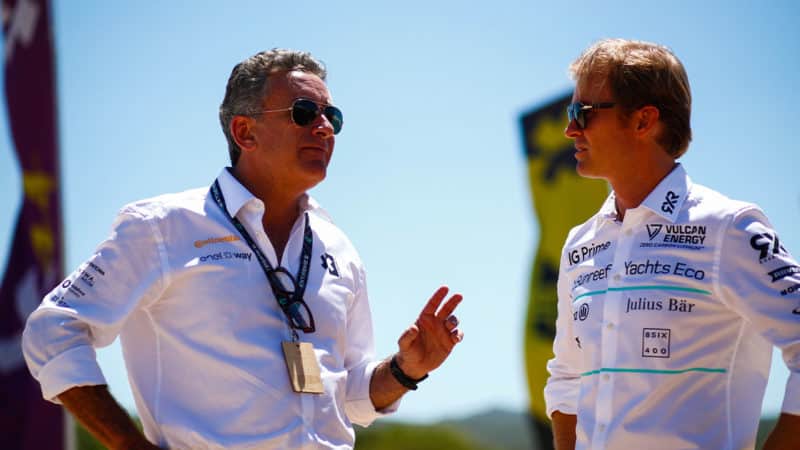“I’m not gonna say something dramatic – ‘the whole humankind is gonna disappear’,” says Agag. “But there are gonna be areas of the world that are going to really, really struggle with climate change.
“We’re still on the path to an increase of three degrees celsius in global temperatures. There’s many things we need to do with renewable energy, carbon capture, nuclear fusion and agriculture.
“You need a disruption to change things.”
Agag, 52, quit the European Parliament to set up an investment company. His sights turned to motor racing when he bought the Spanish TV rights to F1, along with Flavio Briatore. GP2 team ownership then followed, which brought him to an informal meal with Jean Todt — soon to become president of racing’s governing body, the FIA — where the first plans for Formula E were discussed.
At that 2011 meeting, the outline of the championship was sketched on a napkin. Three years later, Agag had secured the investment, top-level manufacturers and drivers to form the very first electric single-seater racing series. Although the speed of the cars, the twisty circuits and the quality of racing divided opinion, it is still thriving as a fully-accredited world championship about to enter its ninth season with a third-generation car that is vastly more advanced than the first.
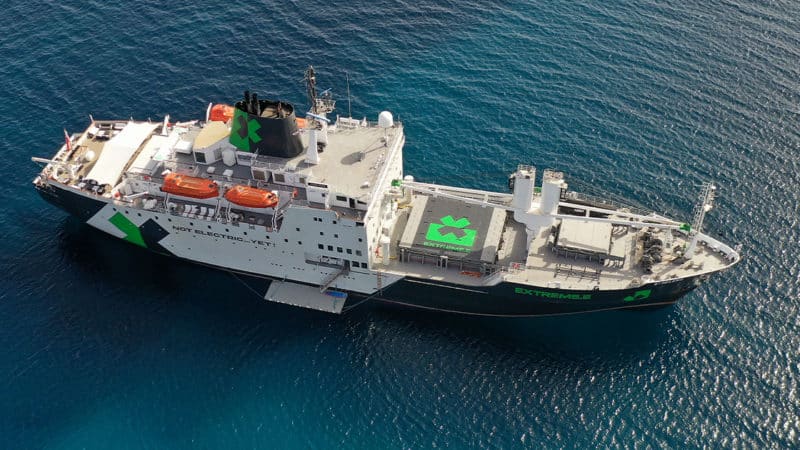
St Helena transports the cars and provides base for Agag to preach the good word
Extreme E
Stepping down as Formula E CEO to become chairman in 2018 made time to develop his next environmentally-conscious project: Extreme E, a rallycross championship featuring electric SUVs, combined with a a campaign to raise awareness of the Earth’s plight. It hasn’t been without its snags.
Early races were characterised by cars breaking down if they so much as looked at a pothole, dust clouds engulfing entire courses and all the natural challenges a global pandemic brought, threatened to derail the burgeoning series, but, speaking at the Uruguay round, Agag said the fact that a quirky project that has had so many critics is still running can be taken as an indication of its reasonable health. The subsequent thrilling title scrap between Lewis Hamilton and Nico Rosberg’s eponymous teams, with the former winning, showed that the racing itself is on the right path.
The championship has come a long way from its difficult birth, particularly the first race in Saudi Arabia which saw so much dust kicked up by the cars the format had to be changed into a rally-style qualifying time trial before the fields were reduced for the races on the final day.
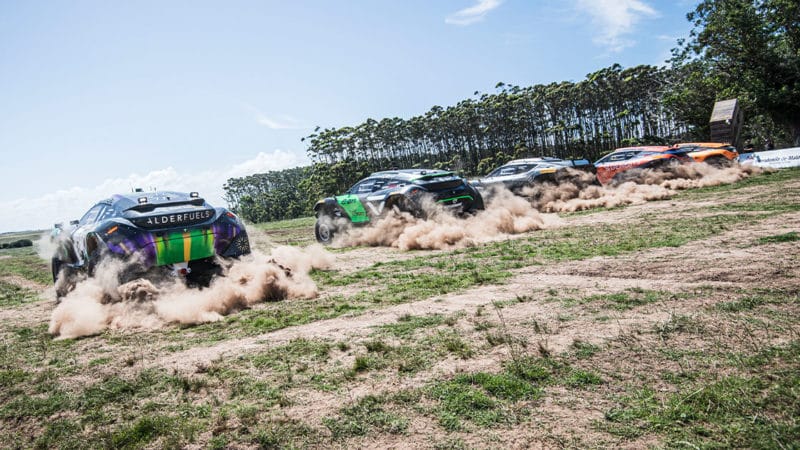
Lewis Hamilton’s team of Sébastien Loeb and Cristian Gutiérrez won out in second season finale
Extreme E
“With Covid, we started the competition in the worst possible moment, and we couldn’t do any testing,” Agag admits. “The first races were the tests! In Saudi Arabia, it was really dusty and risky – it was tough. This is what’s interesting about doing a new championship – it’s trial and error.”
Originally conceived with director friend Fisher Stevens, Agag’s vision for the championship was to be a cinematic telling of the Earth’s impending climate crisis, beamed from extremely remote locations which have already suffered damage to its environment. As Agag soon found out though, what sounds good in theory often turns out to be more tricky in reality.
“Some governments don’t want to say their country is damaged,” he says. “But some of them are really enthusiastic – Greenland, for example, they really want us to go back. But that race was so expensive, because we realised there’s absolutely nothing there!
